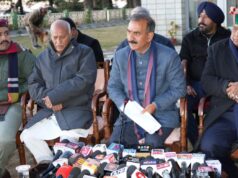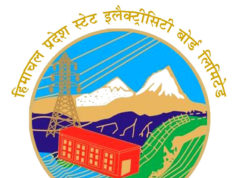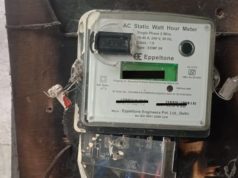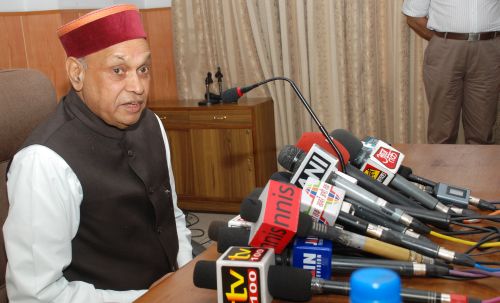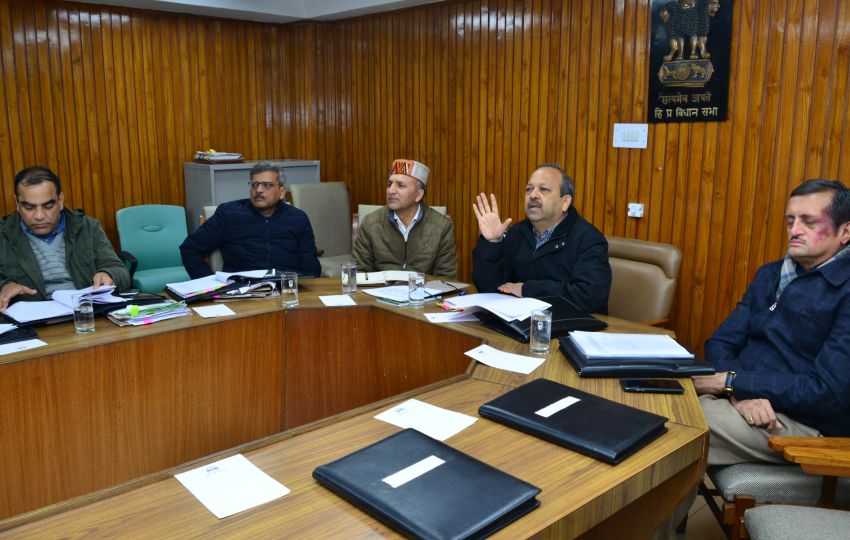In a move to streamline the subsidy distribution process, the Himachal Pradesh government is preparing to transfer electricity subsidies directly into consumers’ bank accounts, following the model used for gas cylinders. The new system will be introduced after linking consumers’ electricity meters to their Aadhaar numbers and ration cards. Under this plan, consumers will first pay the full electricity bill, and the subsidy amount will be credited to their bank accounts through Direct Benefit Transfer (DBT).
The Electricity Board has set a target to complete the e-KYC process of consumers by the end of this month to ensure the system is operational by the new year.
Linking Electricity Meters with Aadhaar and Ration Cards
The government has already begun linking consumers’ electricity meters to their Aadhaar or ration card through an e-KYC process. Employees are currently going door to door to collect information about Aadhaar or ration card numbers. During the process, an OTP is sent to the mobile number linked with Aadhaar, and once confirmed, the e-KYC process is completed. Since most bank accounts are linked to Aadhaar, the subsidy will soon be transferred directly to consumers’ accounts via DBT.
Currently, the state government provides subsidies to domestic consumers for electricity consumption up to 300 units per month. This subsidy results in a grant of ₹800 to ₹1,000 crore being given to the Electricity Board annually.
One Family, One Meter Scheme
Once the e-KYC process is completed, the government will implement the “One Family, One Meter” policy. Under this scheme, each family will receive a subsidy for only one electricity meter. If a consumer has multiple connections, they will need to pay non-subsidized rates for all connections except one.
At present, consumers who do not consume more than 125 units per month are exempt from any fees, but with the implementation of this new scheme, even these consumers will be required to pay a minimum fee.
The government is also preparing to impose fines on consumers who have not updated the correct load of their electricity meters. Consumers will be given a maximum of three months to update their meter load. However, they will not need to provide a test report—only the revised security deposit will be required. The Electricity Board has received complaints that some consumers are using more electricity than the load approved on their meters, prompting this initiative.




